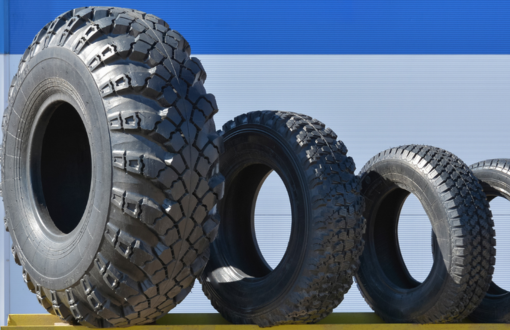No items in cart right now!
Working Hours - 8 AM To 8 PM
 March 24
March 24
Selecting the right tyre size is crucial for your vehicle's performance, safety, and overall driving experience. Whether you're replacing old tyres or upgrading, understanding the correct size ensures optimal handling, fuel efficiency, and longevity. In this guide, we’ll walk you through the essentials of choosing the perfect tyres for your car.
Before purchasing new tyres, you need to decode the markings on your current ones. Typically, the tyre size is displayed on the sidewall in a format like 205/55R16 91V. Here’s what each component means:
205 – The tyre width in millimeters.
55 – The aspect ratio (height to width percentage).
R – Radial construction.
16 – The wheel diameter in inches.
91V – The load and speed rating.
Fitting the wrong tyre size can lead to issues such as poor handling, decreased fuel efficiency, and increased wear and tear. Here's why it’s essential to stick to the recommended size:
Safety: Incorrect tyres can affect braking distance and stability.
Fuel Economy: Properly sized tyres reduce rolling resistance, improving mileage.
Comfort: The right size ensures a smoother ride and reduces road noise.
To determine the right tyre size, check the following sources:
Vehicle Manual – The manufacturer specifies the ideal tyre dimensions.
Tyre Placard – Found on the driver's door frame or glove box.
Online Vehicle Specification Tools – Some websites provide accurate fitment guides.
Daily Commuting: Standard all-season tyres offer a balance of durability and performance.
Performance Vehicles: High-performance tyres provide better grip and handling.
Off-Roading: All-terrain or mud-terrain tyres are ideal for rough roads.
Winter Conditions: Winter tyres enhance traction in snow and ice.
Ensure the new tyres are compatible with your vehicle’s make and model. Check manufacturer specifications to avoid misfitting issues.
Before purchasing, read customer reviews to understand real-world performance. Compare different brands based on longevity, grip, and tread design.
Each tyre has a load index (how much weight it can carry) and speed rating (maximum speed it can handle). Always choose according to your vehicle’s specifications.
While cheaper tyres may seem attractive, investing in quality tyres ensures better safety and durability. Popular brands often offer warranties and better longevity.
Now that you understand how to choose the correct tyre size, here’s what to do next:
Compare tyre options from reputable retailers.
Consult a professional if you’re unsure about compatibility.
Schedule a fitting with a trusted service provider.
?? Looking for high-quality tyres at the best prices? Explore our wide selection at Etarat Online today!
If your vehicle experiences poor handling, excessive vibrations, or decreased fuel efficiency, you may have incorrect tyre sizing.
Some vehicles allow staggered setups, but it’s crucial to follow the manufacturer’s recommendations to maintain balance and safety.
Using a lower speed-rated tyre can reduce stability and increase blowout risks at high speeds. Always adhere to the recommended speed rating.
On average, tyres should be replaced every 5-6 years or when the tread depth falls below 1.6mm.
At Etarat Online, we offer a vast collection of premium tyres that ensure performance, safety, and durability. Browse our selection now!
leave a comment